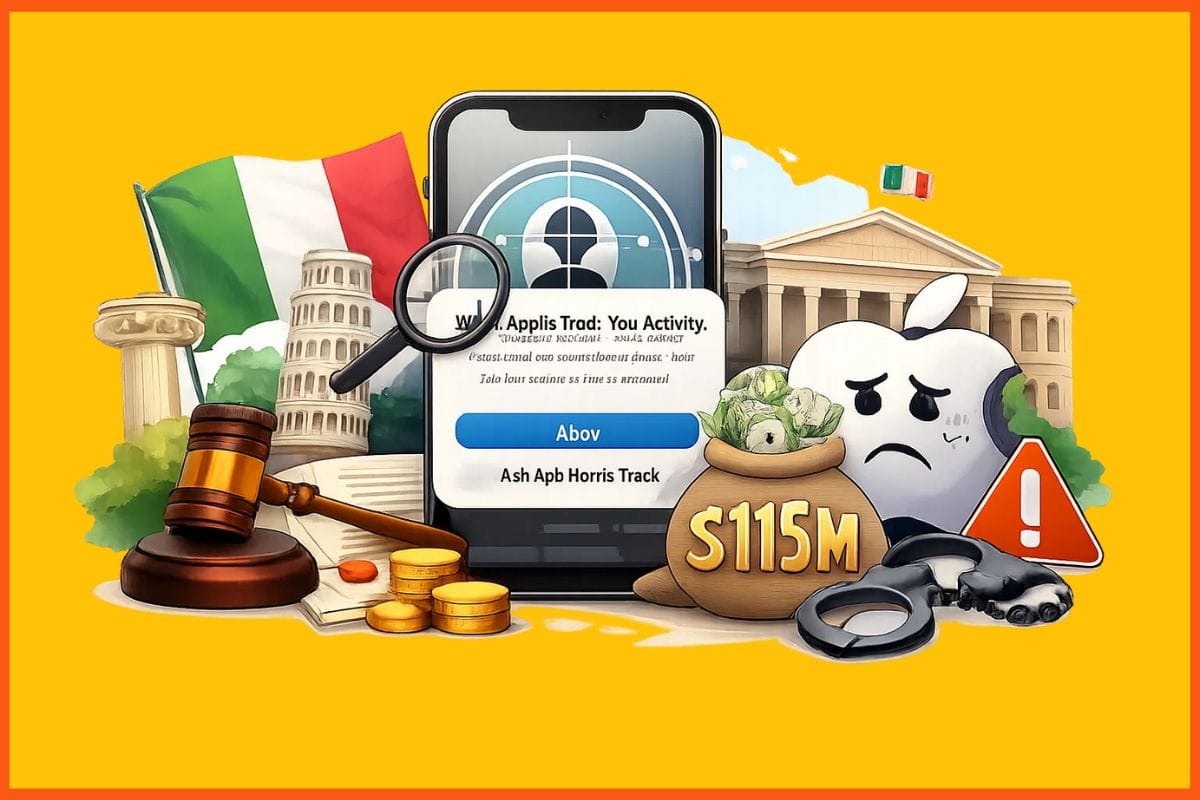Effective Strategies for Customer Engagement and Retention in D2C and E-Commerce
✍️ Opinions
This article has been contributed by Sanjay Kalirona, CEO and Co-founder, Gizmore.
In the rapidly evolving business landscape, the rise of direct-to-consumer (D2C) and e-commerce models has revolutionized the way companies connect with their customers. These digital platforms provide unprecedented opportunities for businesses to engage with their target audience directly and create lasting relationships.
However, with intense competition and an abundance of choices available to consumers, it has become more important than ever to implement effective strategies for customer engagement and retention. The success of D2C and e-commerce ventures hinges on their ability to engage customers effectively and retain their loyalty, ultimately driving growth and profitability.
Loyalty Programs
Seamless Customer Service
Social Media Engagement
User-Generated Content
Email Marketing
Post-Purchase Follow-up
Continuous Improvement
Loyalty Programs
Loyalty programs are an effective tool for customer retention. By providing incentives and rewards for repeat purchases, businesses can foster a sense of loyalty and encourage customers to continue buying from them. Loyalty programs can take the form of points-based systems, tiered membership levels, additional discounts, pre-booking of smartwatches at exclusive pricing, or exclusive benefits.
To design an effective loyalty program, businesses need to ensure that the rewards and incentives offered align with their target audience's expectations. Customers should perceive the program as valuable and worthwhile. Additionally, the program should be simple and user-friendly, ensuring easy participation and redemption of rewards.
Seamless Customer Service
Exceptional customer service is a cornerstone of customer engagement and retention. Businesses must prioritize providing prompt and effective support across multiple communication channels. Customers should be able to reach out for assistance easily and receive timely responses to their inquiries or concerns.
Offering live chat support, responsive email communication, and dedicated customer support phone lines is essential for building strong relationships. Additionally, employing chatbots and automated systems can ensure 24/7 availability and provide immediate assistance for common queries.
Social Media Engagement
Social media platforms like Instagram, Twitter, and Snapchat have become powerful tools for customer engagement. Businesses can actively engage with their customers through these channels, respond to comments and messages, and address customer queries or issues publicly. Social media also provides opportunities for running contests, polls, and interactive campaigns to encourage customer participation and foster a sense of community around the brand.
By maintaining an active social media presence and engaging with customers authentically, businesses can create a positive brand image and build strong relationships.
User-Generated Content
User-generated content plays a significant role in building trust and credibility in the D2C and e-commerce space. Customers trust the opinions and experiences of their peers more than any advertisement. Encouraging customers to share their experiences through reviews, testimonials, and public posts can generate valuable content that showcases the brand's value and authenticity.
Businesses can actively seek customer reviews and testimonials, leveraging them on their websites and social media platforms. Providing incentives or running campaigns to encourage customers to leave reviews can help increase participation. By highlighting positive customer experiences through UGC, businesses can attract new customers and reinforce loyalty among existing ones.
Email Marketing
Email marketing remains a powerful tool for customer engagement and retention. By regularly communicating with customers through personalized emails, businesses can provide updates on new products, exclusive offers, and valuable content. Segmenting the email list based on customer preferences and purchase history ensures that the messages are relevant and targeted.
An effective email marketing strategy involves crafting compelling subject lines, designing visually appealing templates, and delivering valuable content that resonates with the audience. Personalizing the emails based on the customer's past interactions and preferences can significantly increase open rates and click-through rates. By staying connected through email, businesses can nurture customer relationships, encourage repeat purchases, and drive engagement.
Post-Purchase Follow-up
The post-purchase phase provides a valuable opportunity to engage with customers and foster long-term relationships. Sending a personalized follow-up message to express gratitude, check for satisfaction, and gather feedback demonstrates that the business values the customer's experience beyond the transaction. It also provides an opportunity to address any potential issues or concerns the customer may have.
Asking for reviews and ratings is an effective way to encourage customers to share their experiences and provide social proof. By actively engaging with customers after a purchase, businesses can reinforce loyalty, resolve any concerns, and gather insights for continuous improvement.
Continuous Improvement
To ensure long-term customer engagement and retention, businesses must continuously seek customer feedback and act upon it. Analyzing customer data, conducting surveys, and listening to customer suggestions are vital for understanding evolving needs and preferences. By actively seeking feedback, businesses can identify areas for improvement and make necessary adjustments to their products, services, and overall customer experience.
Demonstrating a commitment to continuous improvement builds trust and shows customers that their opinions matter. Communicating the changes made based on customer feedback reinforces the value placed on their satisfaction. By consistently striving to enhance the customer experience, businesses can retain customer loyalty, attract new customers through positive word-of-mouth, and differentiate themselves from competitors.
Summing Up
In the D2C and e-commerce landscape, customer engagement and retention are critical for success. Engaging customers on a personal level, providing exceptional support, and leveraging digital platforms for interaction are key to building brand loyalty.
By incorporating these strategies, businesses can not only increase customer retention but also foster brand advocacy, drive revenue growth, and establish a competitive edge in the D2C or e-commerce space. Embracing customer-centric approaches is crucial to navigating the ever-evolving digital landscape and creating a strong foundation for long-term success.

Must have tools for startups - Recommended by StartupTalky
- Convert Visitors into Leads- SeizeLead
- Website Builder SquareSpace
- Manage your business Smoothly Google Business Suite






